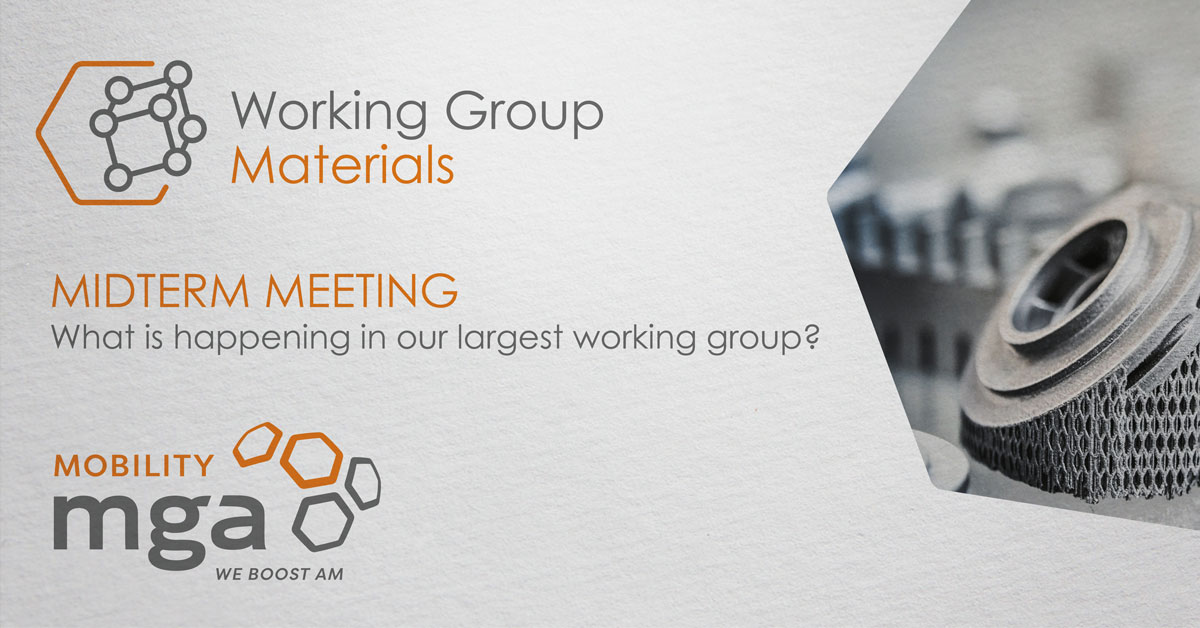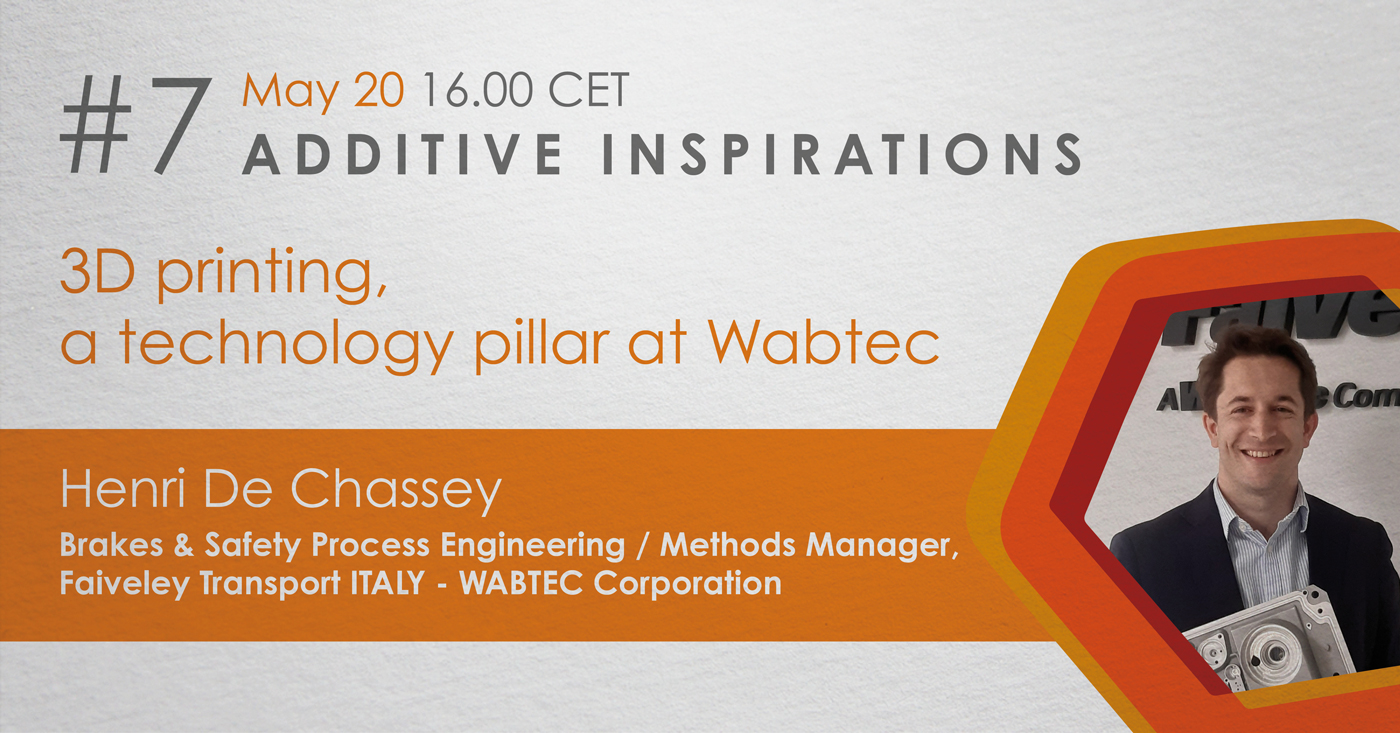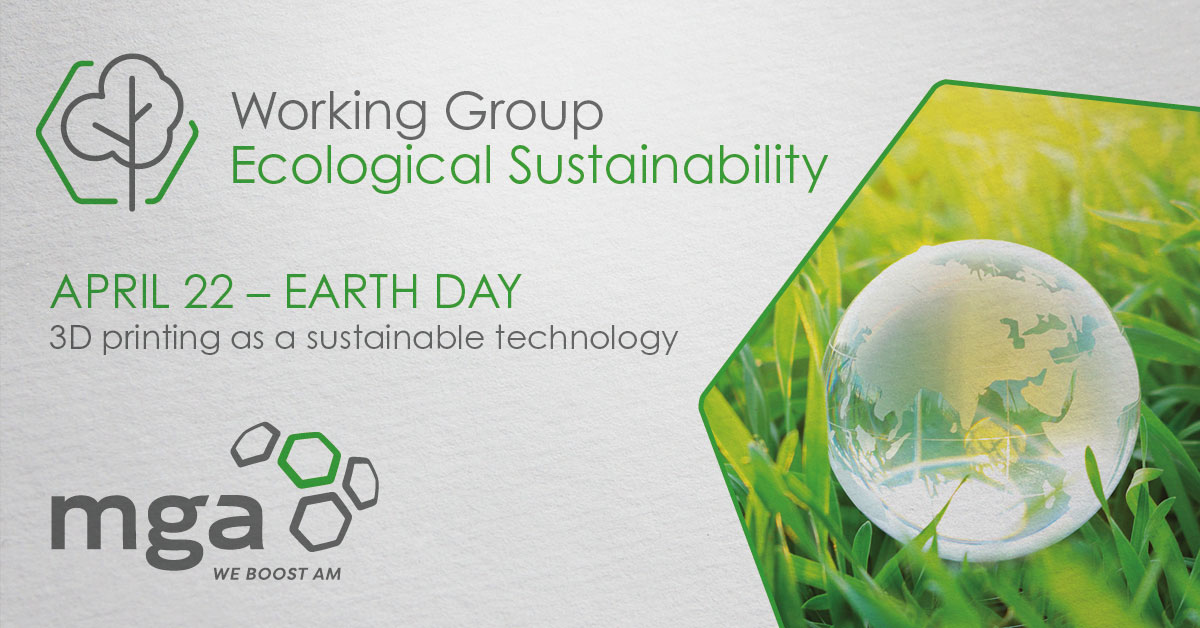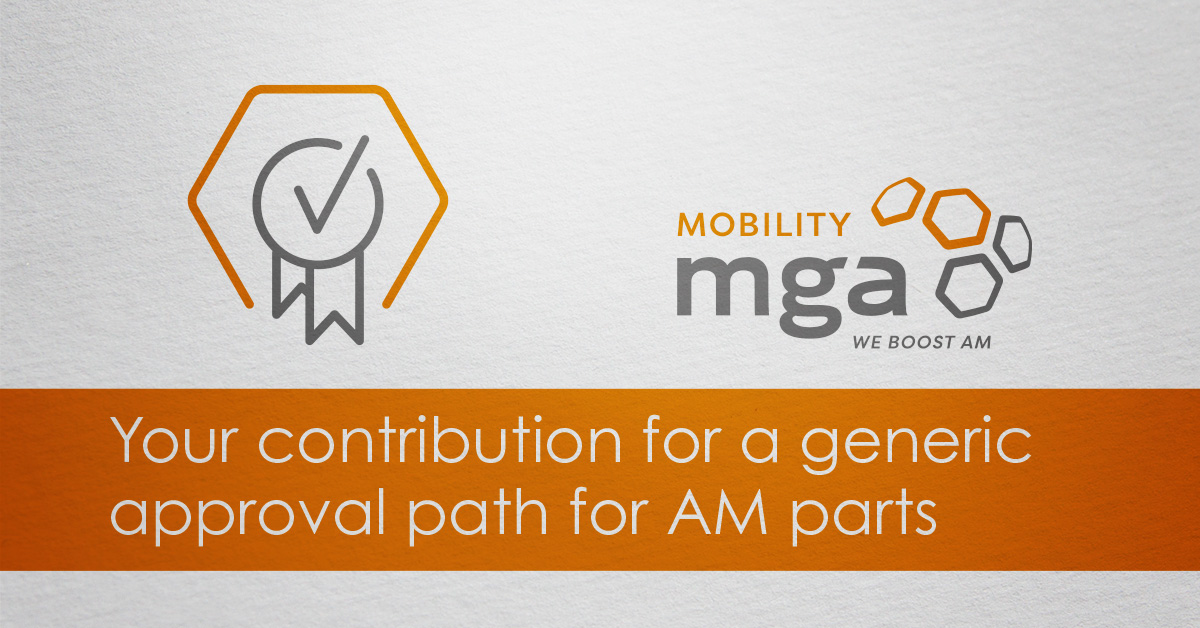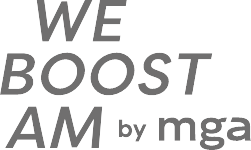On April 13 & 14 2021 our mobility working group Materials that now consists of 68 member companies got together virtually for their annual Midterm Meeting, the first of two meetings a year where the whole working group is brought to the table.
130 participants from those member companies were updated on the current status and future plans of the individual focus groups by Dr. Tina Schlingmann, Head of the Working Group and the leaders of the six focus groups, Bart Engendahl (Chromatic 3D Materials), Benjamin Haas (SLM Solutions), Joanna Marguier (Covestro), Giulitta Bertoli (ÖBB), Simon Treiber (Berger S2B), Maximilian Stöckle (Big Rep) & Markus Schneider (GKN Sinter Metals).
All all focus group made great progress and gained important insights:
- Market Needs has compared the conventional with the additive manufacturing method on the basis of an actually produced and thoroughly tested model component with some astonishing results. You can find the results in our members area.
- Elastomers were initiators of a materials compass that has now been launched on weboostam.com. From now on, users of additive manufacturing processes can get a quick overview of existing materials and their properties and save a lot of time and money.
- High Performance Polymers joined forces last year with the RAILiability working group, that serves as a safe haven for a lively exchange of ideas for eight European railroads. Together, the two groups are working on tackling the issues surrounding flame-retardant polymers step by step and can already report the first partial successes.
- Metals is, thanks in great part to our new member BAM, busy with the follow-up to the Round Robin Test on AlSi10Mg and is working on new topics around the printing of copper and steel.
- Testing Methods has established a large database with the same name on the WeBoostAM platform, which will as a next step and with the help of the Medical Materials working group also include medical standards.
- Technical Standards first generated a big picture overview of all activities in the area of testing. From this, a WAAM task force emerged.
It is impressive to see how far this working group has come since its foundation almost 3 years ago (we celebrate the birthday officially on July 09) and the network would like to thank each and every participant for their active and result-oriented work.
Dr. Tina Schlingmann, who will start a new job at our member company EOS on May 01, will remain head of the MATERIALS working group and is looking forward to further productive meetings with the members.
